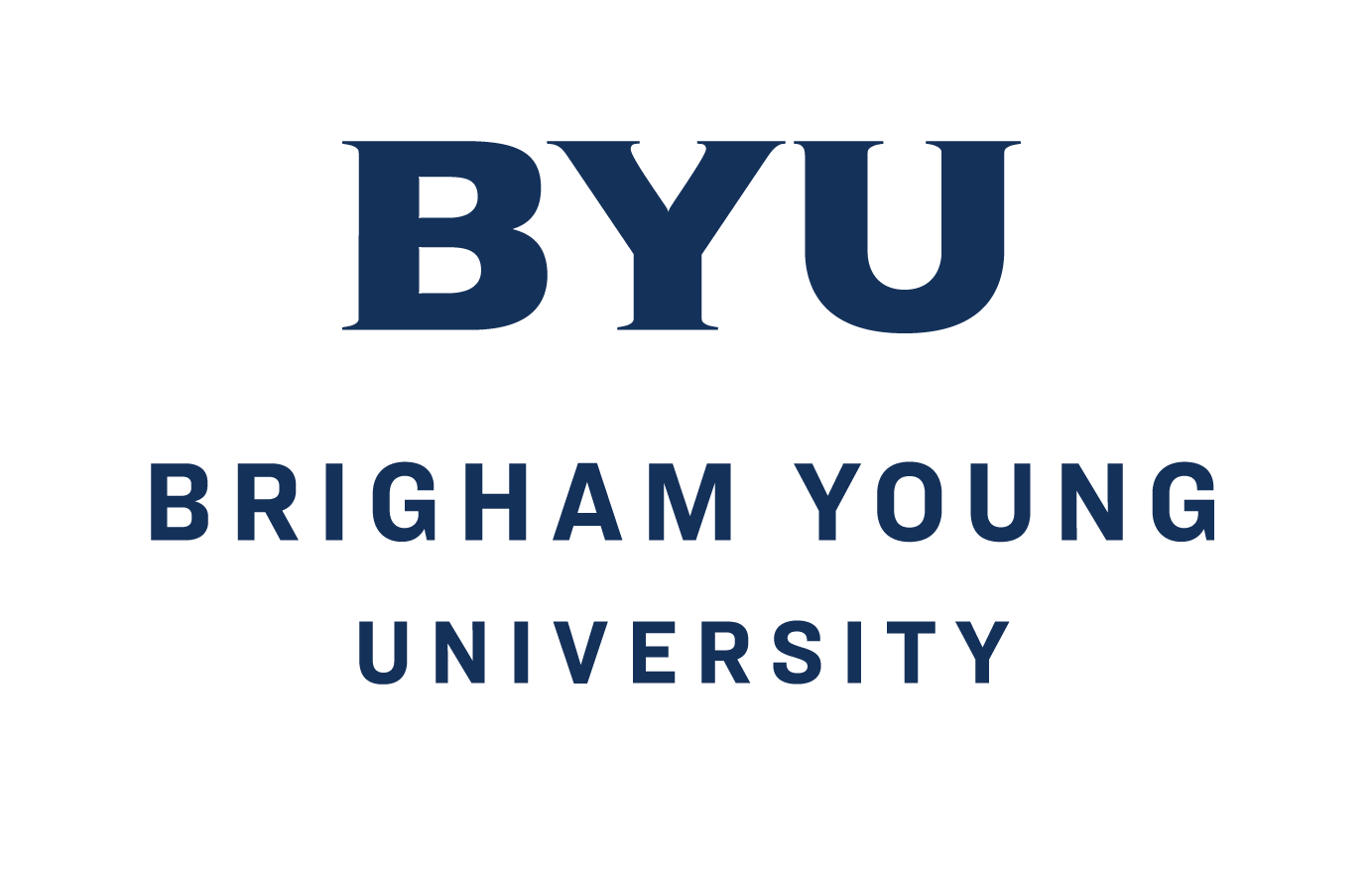Some children in Utah County elementary and secondary schools are spending less time in front of the television and more time behind the camera.
In an effort to teach students the basic principles of media literacy, Brigham Young University theatre and media arts professor Amy Jensen created "Hands on a Camera," an education-based project that provides hands-on experiences with digital media.
“As thinking beings we are shaped by our experiences,” said Jensen. “For the young, the proportion of mediated experiences to tangible experiences is heavily weighted toward the mediated.”
Jensen said that media messages dominate the way that young people shape and contextualize the world around them. Young people reflect the media’s views in their conversations, in the way they act and even in the clothes they wear.
“Students’ viewing habits, the things they come in contact with on a regular basis, have much more of an impact in their lives than they were aware of previously,” said Jamie Hollingshead, Independence High School art teacher. “They adopt many of the mass media’s views without being analytical towards those views, without being critical of those views.”
"Hands on a Camera" was designed to get students thinking about the messages the media portrays and help the students create a response through their own media creations.
“'Hands on a Camera' works to provide young people with tools to develop a creative response to the popular media,” said Jensen.
The project makes media a tangible experience for the K-12 students. Jensen said they are able to touch it, feel it and begin to understand it for what it is and not just how it seems.
“It’s a project designed to empower kids with a greater understanding of the tools that creators of media have and utilize to get messages across,” said Yancy Zimmerman, a BYU student scholar.
The first phase of the project begins at BYU with media arts, education and visual arts students who enroll in Jenson’s class. The students study and practice basic pedagogy and instruction techniques and then develop lesson plans based on media literacy principles and methods of digital storytelling.
The students also participate in interdisciplinary lectures provided by media theory, documentary, and visual arts professors as well as professors from the BYU McKay School of Education.
The students who finish the semester and become BYU media literacy student scholars go on to the second phase of the project and collaborate with established K-12 teachers to instruct young people in the basic principles of media literacy and production.
“We encouraged [the students] to think about the media that they were taking into their lives and then also use media to understand themselves, their culture and their community better,” said Benjamin Thevenin, a BYU student scholar.
The student scholars share their knowledge with the teachers and their students while gaining hands-on teaching experience. The student scholars are required to spend up to three hours each week during a 12-14 week period instructing the students. Under their direction, 98 public school students from three different classrooms will learn media literacy principles.
At the end of the second phase, students will work as a team, or individually, to create one- to three-minute documentaries that demonstrate what they have learned during the semester.
“I saw a lot of the students using the theoretical media literacy that they had learned in the productions that they created,” said Brian Saxton, Timpanogos High School media teacher. “I saw them using a sense of community and the documentary idea of exploring little segments of life and understanding the importance of them.”
In the third phase of the project, parents, students and teachers are invited to BYU to participate in "Hands on a Camera Day," where all of the student-made documentaries are shown. Each elementary and secondary student receives a t-shirt and copies of the "Hands on a Camera" DVD which is a compilation of all of the student films.
The two-semester project helps build bridges between the BYU students, primary and secondary schools and the families of student participants.
“It has been hard to put into words how grateful I have been for the 'Hands on a Camera' project,” said Hollingshead. “When the [student scholars] came into my classroom I was a little nervous, feeling as though I didn’t know what they were going to talk about or how this was going to work in regards to my students. Then, at the end of this project, I felt as though so many doors had been opened. There was so much that I didn’t know existed, so much that was available as a mode for teaching my students about pertinent and essential life issues via something that is relative to them.”




